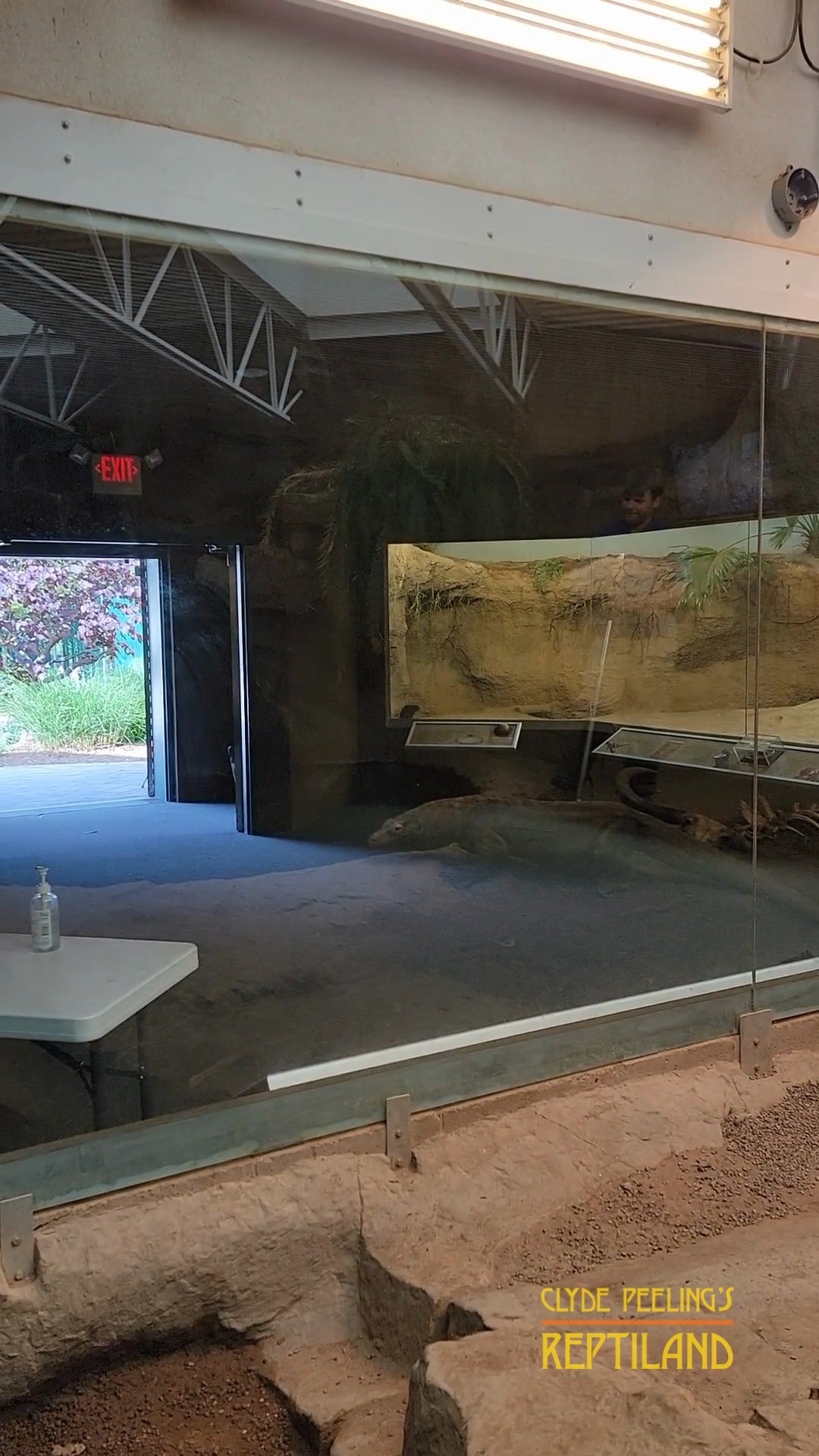Summary:
1. The constant surveillance in zoos ensures the safety and well-being of animals and people.
2. The hidden cameras and observation methods keepers use allow them to monitor animal behavior closely.
3. The presence of visitors creates a unique dynamic in the animals’ environment, affecting their behavior and interactions.
4. Using technology, such as drones and underwater cameras, provides new insights into animal behavior.
5. Zookeepers and researchers work hand in hand to learn more about the animals under their care and contribute to conservation efforts.
No matter what our keepers do, someone is always watching… and no, it’s not some spy thriller or a scene from a detective novel. It’s the reality of working in a zoo. Zoos, as fascinating and educational spaces, hold within them a complex network of surveillance, observation, and research that ensures the well-being and safety of the animals in their care. In this article, we will uncover the unique and fascinating aspects of the constant watchful eyes in zoos.
Have you ever wondered what it feels like to be constantly watched? Well, animals in zoos have first-hand experience with this. The surveillance in zoos is not about invading their privacy but rather about safeguarding their well-being. Animals in captivity may face unique challenges like stress, behavioral issues, or health problems. Surveillance ensures that keepers can quickly identify potential issues and intervene when necessary.
In this high-tech era, cameras are no longer solely used for capturing precious family moments. Zoos, too, have embraced the power of hidden cameras and sophisticated observation methods. These tools offer a close-up view of animal behavior, allowing keepers to monitor their interactions, routines, and overall health. These tools have become invaluable to animal keepers, from hidden cameras inside hives to observe the intricate dynamics of a bee colony to aerial surveillance using drones to monitor large enclosures.
But it’s not just the cameras that keepers rely on. The presence of visitors adds an element of intrigue to the animals’ lives. The constant stream of people offers a unique dynamic that affects animal behavior. Some animals may become social butterflies, actively seeking attention and interaction, while others may retreat and observe their human spectators from a distance. These interactions enrich the animals’ lives and provide valuable insights into their natural behaviors and preferences.
Technology continues to push the boundaries of what we know about wildlife. In addition to hidden cameras and visitor interactions, keepers and researchers are increasingly harnessing the power of underwater cameras. These discreet devices allow us to dive into the world beneath the surface, capturing the mesmerizing behavior of aquatic animals. From the majestic dance of a pod of dolphins to the intricate social structure of coral reef inhabitants, these underwater cameras offer a glimpse into a world usually hidden.
The relationship between zookeepers and researchers is one of close collaboration. Together, they work hand in hand to learn more about the animals they care for and contribute to conservation efforts. The information gathered through surveillance and observation benefits the animals within the zoo’s walls and contributes to the broader scientific community’s understanding of biodiversity and the natural world. By studying the behavior and needs of animals in captivity, researchers can gain insights into their wild counterparts and develop strategies for their conservation in the wild.
So next time you visit a zoo, take a moment to ponder the invisible web of cameras, observation, and research that surrounds you. Behind the scenes, keepers work tirelessly to ensure the animals’ well-being, supported by advanced technological tools and invaluable research collaborations. Each visit to a zoo is an opportunity not only to marvel at the beauty and diversity of the animal kingdom but also to support the conservation efforts that help protect our planet’s wildlife.
In conclusion, the constant surveillance in zoos is not about prying eyes but a testament to the dedication and care that goes into the well-being of animals. The hidden cameras, visitor interactions, and technological advancements play a significant role in understanding animal behavior, supporting conservation efforts, and educating the public. So, the next time you visit a zoo, remember that someone is always watching, ensuring that each creature is treated with the respect and compassion they deserve.
*****
Source Description
No matter what our keepers do, someone is always watching 👀


